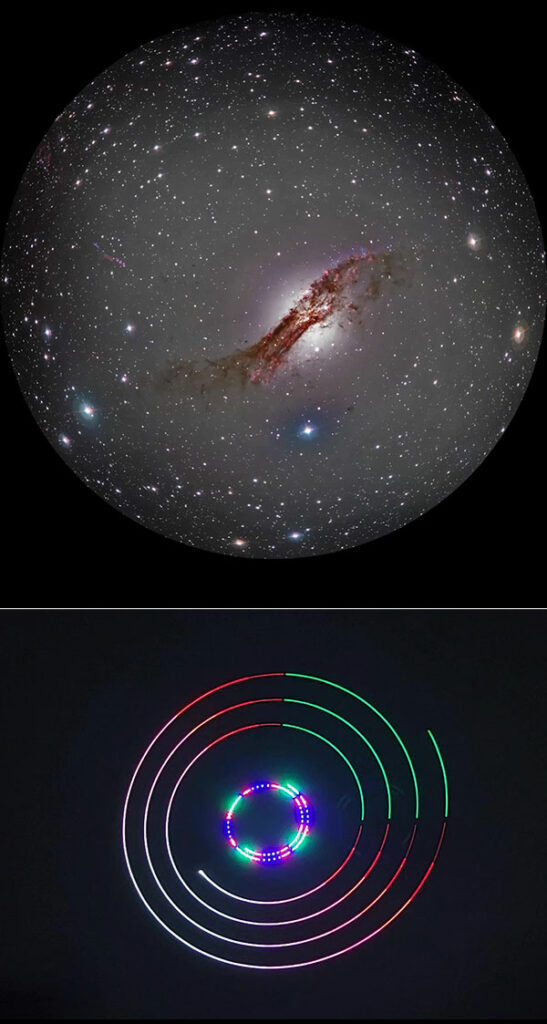
Images from one of the most sophisticated telescopes ever built can be viewed by the public during a presentation at the Midland University Lueninghoener Planetarium on Saturday, July 23rd at 2 p.m. No admission fee is required, and seating will be on a first-come-first-serve basis. The program will be approximately one hour in length.
The James Webb Space Telescope was launched in December and has undergone a six-month preparation process, enabling it to reveal some of the deepest images ever taken of the universe. According to NASA.gov, Webb’s image covers a patch of sky approximately the size of a grain of sand held at arm’s length by someone on the ground and reveals thousands of galaxies in a tiny sliver of the vast universe. Webb’s sharp near-infrared view brought out faint structures in extremely distant galaxies, offering the most detailed view of the early universe to date.
The presentation will be led by Dr. Ken Murphy, Professor of Physics and Planetarium Director at Southwest Minnesota State University. “Most campuses don’t have a planetarium, so Midland should be very proud to have one they can use for shows like this,” Murphy said. “We had a good crowd for our show last year and are hoping for the same this year.”
Following Murphy’s presentation, Midland alum Jack Dunn ‘69 will present a laser light show set to the music of Rod Stewart’s “Forever Young.” The show is a tribute to Midland University students and alums.
Dunn got his start in the planetarium profession under the guidance of Dr. Gilbert Lueninghoener, a former Midland professor, and has been a part of many campus presentations over the years. Dunn led the Mueller Planetarium at the University of Nebraska-Lincoln for 42 years. “The chance to come back to Midland and honor the legacy of Dr. Lueninghoener is always a pleasure,” Dunn said. “He was not only a great teacher and scientist, but also an artist and a lover of knowledge. The planetarium he designed is the ideal place to bring all those qualities to students and the community. I have known Dr. Murphy for many years as a colleague in the planetarium profession and knew he would be happy to join in this pursuit.”